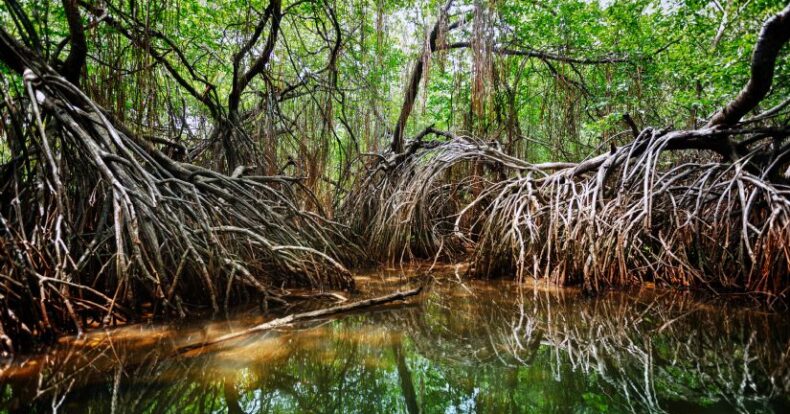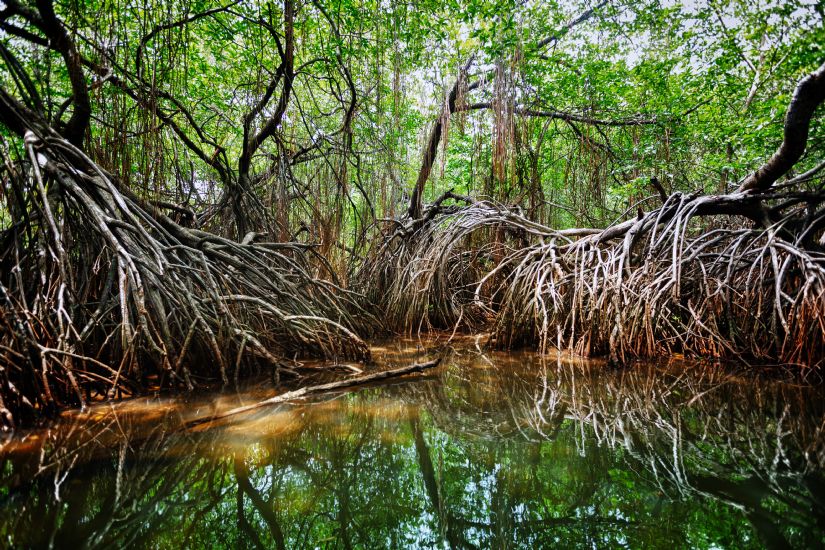World Wetlands Day: Conservation for a Sustainable Future

World Wetlands Day
Every February 2nd, since 1977, the world has celebrated World Wetlands Day with the aim of raising awareness of the vital role that these areas play for both people and the planet. This date commemorates the adoption of the Ramsar Convention on Wetlands, signed in 1971 in Iran, which marked a milestone in the protection and rational use of these ecosystems.
the conservation and wise use of wetlands by local, regional and national actions and international cooperation, as a contribution towards achieving sustainable development throughout the world
The Importance of Wetlands in Costa Rica
Costa Rica, is home to numerous wetlands that play a crucial role in the conservation of flora and fauna. These ecosystems not only sustain a great variety of wildlife, but also contribute significantly to the ecological balance and offer unique opportunities for ecotourism.
Below are the 12 Costa Rican wetlands designated as Ramsar Sites, ideal for exploring and appreciating:
The mangroves of Potrero Grande Located in the Santa Rosa National Park, this mangrove stands out for its high salinity and diverse ecosystem.
Tamarindo National Wildlife Refuge This refuge protects five species of mangrove and is famous for its natural beauty, as well as for the diversity of birds and crocodiles that inhabit the area.
Palo Verde National Park Covering an area of 19,804 hectares, this park is home to a tropical dry forest ecosystem and is a key location for bird watching.
Térraba Sierpe National Wetland The largest wetland in Costa Rica, covering more than 30,000 hectares, it is an important archaeological and ecological site in the south of the country.



Caño Negro National Wildlife Refuge Known for its avian diversity, this refuge is home to more than 300 species of birds in their natural habitat.
Arenal Reservoir Located between Alajuela and Guanacaste, this reservoir is vital for the production of hydroelectric energy and has a rich biodiversity.
Cocos Island National Park Declared a World Heritage Site by UNESCO, this archipelago is known for its marine biodiversity and is a popular destination for diving.
Respingue Lagoon The only freshwater lagoon on the country’s Pacific coast, located on the Santa Elena peninsula.



Gandoca-Manzanillo National Wildlife Refuge This refuge is known for its coral reefs and is a crucial site for sea turtle nesting.
Northeast Caribbean Wetland It encompasses several protected areas, including Tortuguero National Park, and is fundamental for the conservation of marine species.
Talamanca peat bogs With cloud forests and high mountains, this wetland represents a vital ecosystem in the country.
Maquenque National Mixed Wildlife Refuge Connecting ecosystems between Nicaragua and Costa Rica, this refuge is home to a great biological diversity.
Conservation and Future
Wetlands are not only essential, but they also contribute as regulators of the water cycle and providers of natural resources. The protection of these ecosystems is a shared responsibility that guarantees a sustainable future for generations to come.
Sensorial Sunsets
Navigate articles






